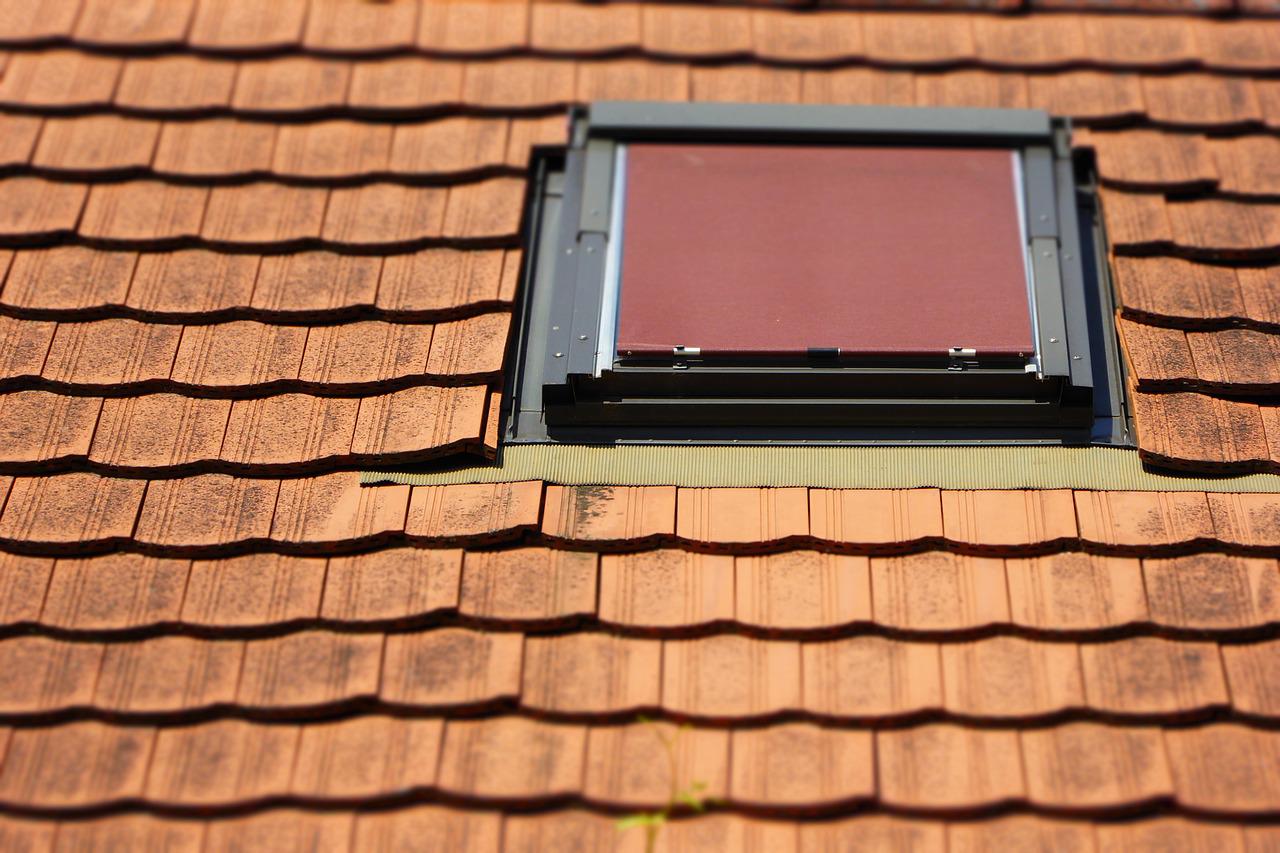Common Considerations Before the Installation of a Skylight
Do you have any spaces in your house that could be illuminated more? Installing a skylight is a great idea to shed some natural light into a murky area. Before you choose to get a skylight, keep reading to find out more about its installation procedure and how to pick the best spot for a skylight.
How to Stop Skylight Dazzling
It’s best to apply skylights with caution to mitigate the odds of a solar flare. This doesn’t only add excess light to a space but it also raises the heat to uncomfortable levels. Glaring also fades out shades of materials. You may control its effects by installing a shader or filter to your skylight.
Control Light’s Direction
Not many homeowners are aware of this but the skylight determines the direction of light in a space. If you wish the light to diffuse to other areas, get a skylight that glares in place of a type with straight sides. The straight-line types are a better choice only if you want the light to be concentrated in a single solace in a straight direction.
Generate the illusion of spaciness
Does your house appear small and crowded? Rood extensions are quite costly but getting a skylight won’t hurt your pocket much. Rooms and spaces typically appear smaller than they are when they are not properly dimmed. It only takes a single skylight in the right spot to make an obvious difference in the space.
Minimize Heat Accumulation
Heat accumulation can make you feel as if you are in a sauna. In warm and sunny states like Georgia and Florida, installing a skylight is not a good idea as it will produce more heat. To prevent the accumulation of heat, you can get a skylight that is fabricated from 2X insulated glass that is mixed up with low-E layers. Experts also suggest bronze-shaded skylights, particularly if the skylight is an apple on the south or west corner of your house.
You may also control heat accumulation by attaching a skylight at a lower level. According to U.S Department of Energy recommendations, it’s best to attach a skylight at a slow that is 5-15 levels lower than your home’s slope.
Consider Skylights With Venting Properties
Another trick to control heat while enjoying the benefits of natural sunlight is to get a skylight with venting properties. This will enable fresh air to circulate through the room and release the heat outside. For your convenience, select skylights that come with a motorization unit and not those that turn on manually.
Use Automatic Skylights
If you have the budget, consider upgrading to auto skylights that come with rain and heat detectors. The detectors will sense any heat and humidity levels and expose the skylight when it becomes too hot then shut it off when rain is detected. Many of these auto types also have adjustable remote control units.
